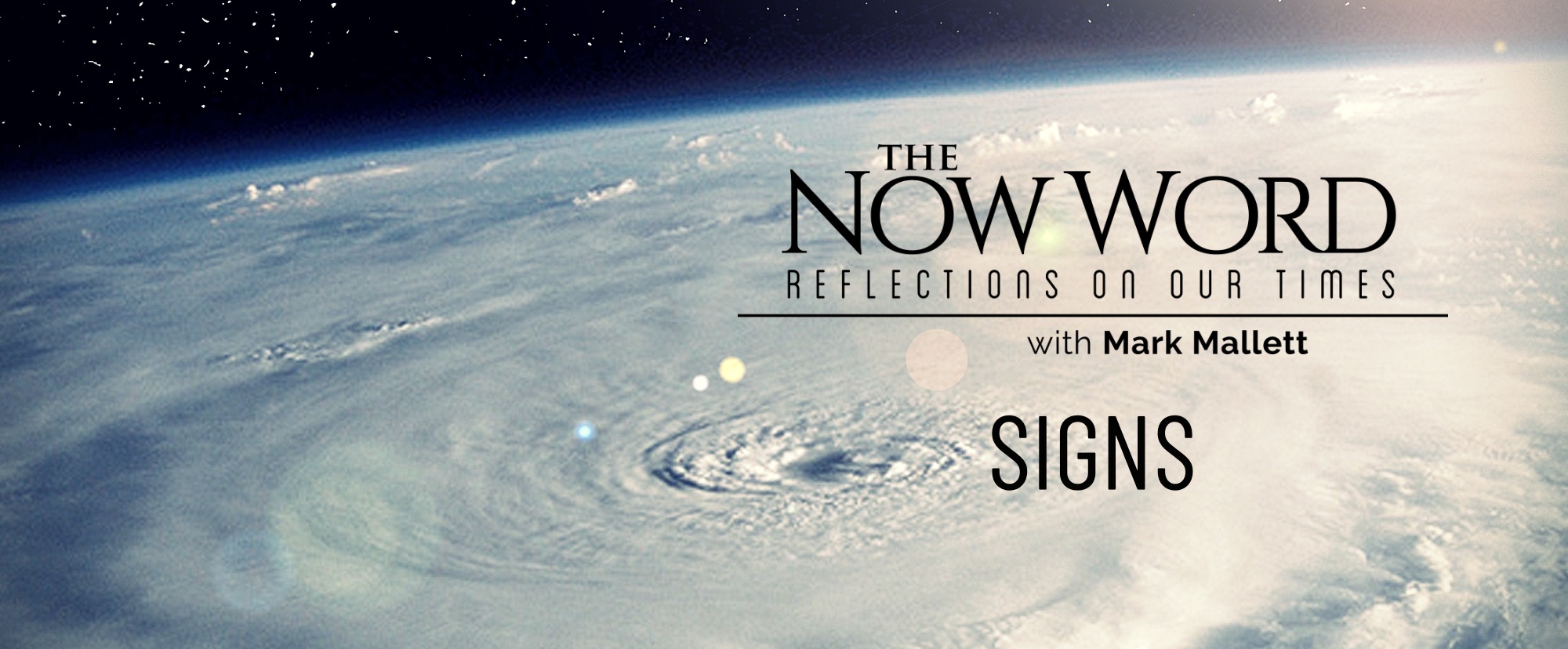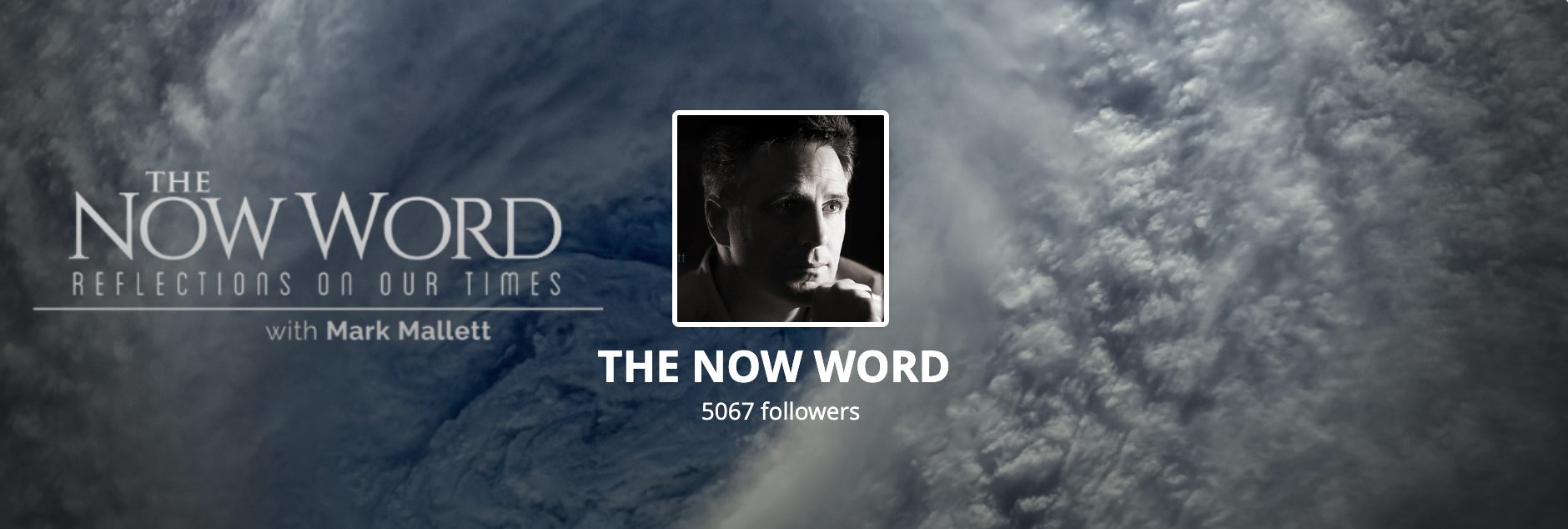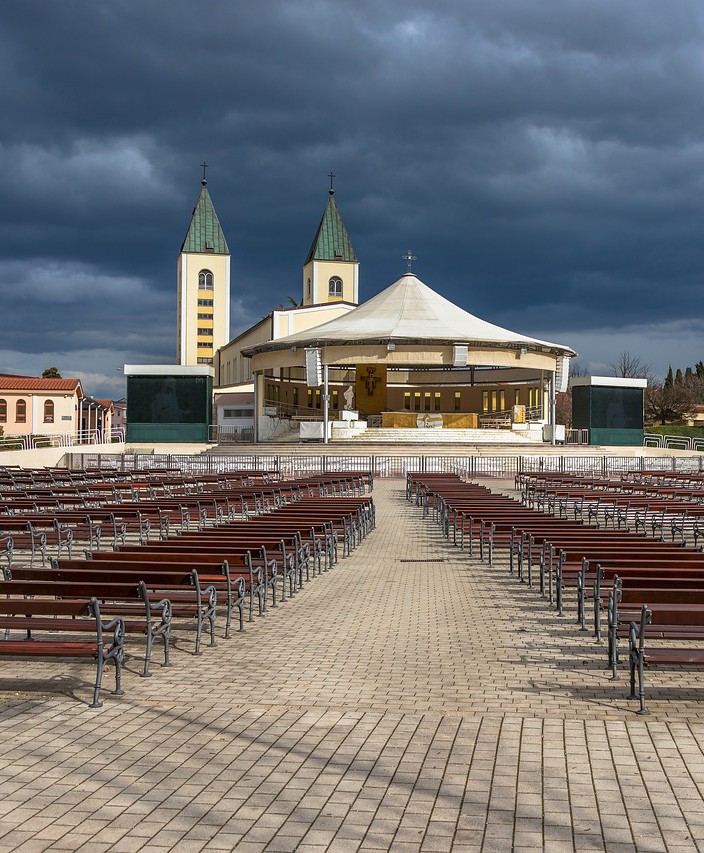
All things are full of weariness;
a man cannot utter it;
the eye is not satisfied with seeing,
nor the ear filled with hearing.
(Ecclesiastes 1:8)
IN recent weeks, the Vatican has surprised many with announcements pertaining to the mystical realm. The late Fr. Stefano Gobbi, who founded the Marian Movement of Priests, was declared a Servant of God and his Cause for canonization opened; the canonization process of another Servant of God, Luisa Piccarreta, was issued a nihil obstat to proceed after a brief pause; the Vatican affirmed the current bishop’s judgement regarding the alleged apparitions at Garabandal that “there are no elements to conclude that they are supernatural”; and the phenomenon surrounding the decades-old and ongoing apparitions at Medjugorje were given an official ruling, namely, a nihil obstat.
Medjugorje — A Cause to Fight?
In a webcast, my colleague Daniel O’Connor and I spoke of the Vatican’s recent “approval” of both devotion to Medjugorje and to a lesser degree, the messages. But a small group of American apologists and podcasters, notorious for their opposition to Medjugorje, have taken issue with the term “approved.” But why?
The phrase nihil obstat means “nothing stands in the way.” For example, that the faithful are free to believe in a certain spiritual phenomenon, or when it comes to written material, that nothing 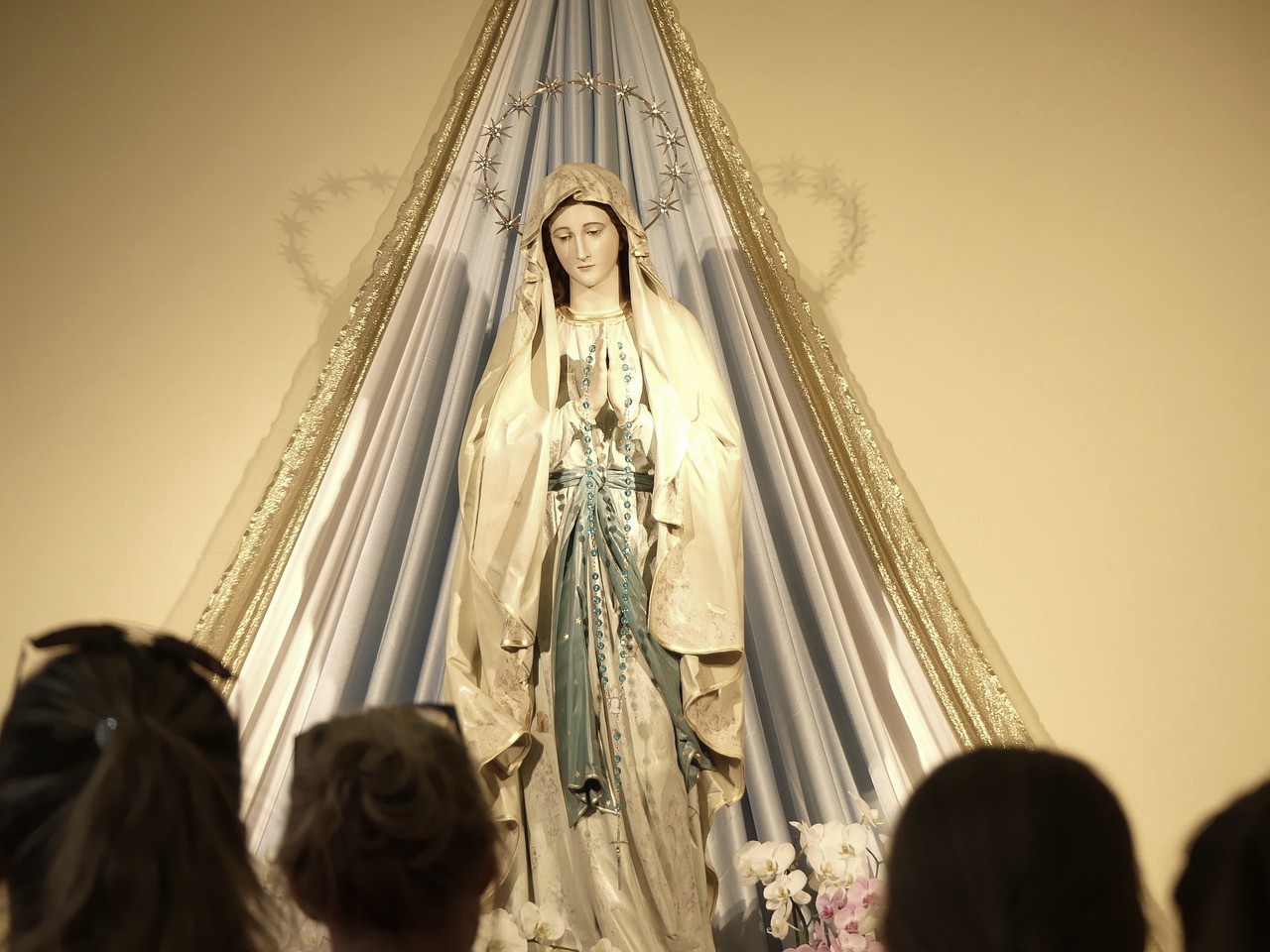 stands in the way for a book to be read or printed, or that a holy soul’s Cause may proceed toward canonization. The nihil obstat is often the Church’s highest form of approval giving the faithful the security in knowing that, whatever the object of its writ, it does not contradict Sacred Tradition. Even private revelation that has received a nihil obstat and imprimatur does not necessarily mean a declaration of supernaturality. But we have always seen this as a form of approval for the meditation and reading of said revelations.
stands in the way for a book to be read or printed, or that a holy soul’s Cause may proceed toward canonization. The nihil obstat is often the Church’s highest form of approval giving the faithful the security in knowing that, whatever the object of its writ, it does not contradict Sacred Tradition. Even private revelation that has received a nihil obstat and imprimatur does not necessarily mean a declaration of supernaturality. But we have always seen this as a form of approval for the meditation and reading of said revelations.
According to the 1983 Code of Canon Law, #823: “The Pastors of the Church have the duty and the right to be vigilant lest the faith and morals of the faithful be harmed by writings; and consequently, even to demand that the publication of writing concerning the faith and morals should be submitted to the Church’s approval, and also to condemn books and writings that attack faith or morals.” Again, that approval comes in the form of a nihil obstat (such as was granted my own book), and if desired, an imprimatur by the local bishop (which means “let it be printed”).
The one caveat to all this was the former norms the Church used to discern alleged spiritual phenomena. Bishops were free to declare that a certain claim was supernatural, or not, or at the very least, uncertain (as is the case with Garabandal). But under new norms issued by the Vatican this past May, Rome avoided the possibility of declaring an alleged mystical phenomenon as “supernatural” and, in its place, allows for a declaration of “nihil obstat.”
To prevent any further delays in the resolution of a specific case involving an event of alleged supernatural origin, the Dicastery recently proposed to the Holy Father the idea of concluding the discernment process not with a declaration of “de supernaturalitate” but with a “Nihil obstat,” which would allow the Bishop to draw pastoral benefit from the spiritual phenomenon. —cf. Norms of the Dicastery for the Doctrine of the Faith for proceeding in the discernment of alleged supernatural phenomena“
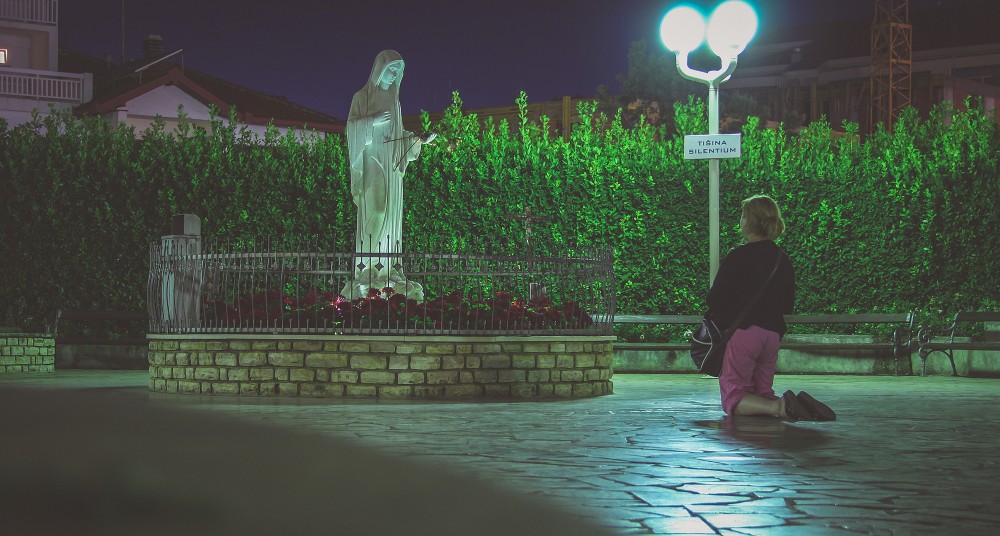
After four decades of discernment, three commissions, numerous investigations, and observation of all the happenings in the world involving Medjugorje, the Vatican issued a Note announcing that, “The time has come to conclude a long and complex history that has surrounded the spiritual phenomena of Medjugorje”:
Through the Nihil obstat about a spiritual event, the faithful “are authorized to give it their adherence in a prudent manner” (Norms, art. 22, §1; cf. Benedict XVI, Verbum Domini, par. 14). While this does not imply a declaration of the supernatural character of the phenomenon in question (cf. Norms, art. 22, §2)—and recalling that the faithful are not obliged to believe in it—the Nihil obstat indicates that the faithful can receive a positive encouragement for their Christian life through this spiritual proposal, and it authorizes public acts of devotion. Such a determination is possible insofar as many positive fruits have been noted in the midst of a spiritual experience, while negative and dangerous effects have not spread among the People of God.
Evaluating the abundant and widespread fruits, which are so beautiful and positive, does not imply that the alleged supernatural events are declared authentic. Instead, it only highlights that the Holy Spirit is acting fruitfully for the good of the faithful “in the midst” of this spiritual phenomenon of Medjugorje. For this reason, all are invited to appreciate and share the pastoral value of this spiritual proposal (cf. Norms, par. 17).
Moreover, the positive assessment that most of the messages of Medjugorje are edifying does not imply a declaration that they have a direct supernatural origin. Consequently, when referring to “messages” from Our Lady, one should always bear in mind that they are “alleged messages.” — “The Queen of Peace”: Note About the Spiritual Experience Connected with Medjugorje
Without declaring the supernatural character of the apparitions or the messages, the Vatican has approved the faithful to “give it their adherence in a prudent manner.” This is as good as it will get. Even if the Pope or Cardinal Fernandez, who released the norms, believes that the apparitions are supernatural in character, they are apparently not going to say so. Whether you and I agree with that is also beside the point (and we discussed the problems with the Church sidestepping its right if not duty to declare the supernaturality of revelations in this webcast.) Jesus said that you shall know a tree by its fruit… it’s just that the Vatican, at this time, is happy to let you eat the apples, but without calling it an apple tree.
The Fruit is Good
Despite the declaration of what many of us already knew — that the fruits of Medjugorje have been nothing short of stunning, like the Acts of the 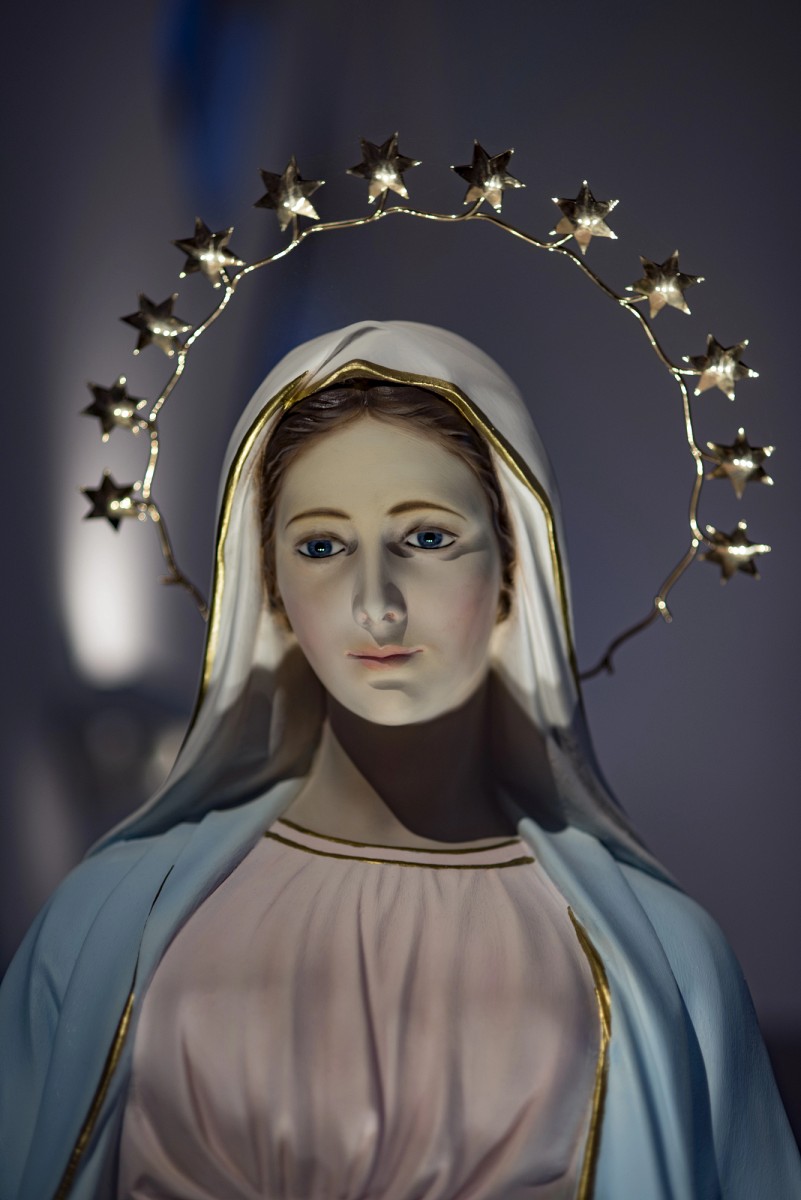 Apostles on steroids — old lies and false allegations continue to circulate. I wrote, in fact, about a concerted and deliberate campaign to discredit Medjugorje that has gone a long way to spread falsehoods about the seers and apparitions themselves (read Medjugorje — What You May Not Know). I also answered some 24 objections to Medjugorje based on fallacious reasoning and claims in my article Medjugorje and the Smoking Guns. I have defended this particular apparition, not because I have any stake in Medjugorje; not because I cannot function without it or need everyone to embrace it, but as a matter of justice. The messages of Medjugorje are a simple and pointed reiteration of what is already contained in Sacred Tradition. But they have clearly taken on a supernatural force, “allegedly” spoken by Our Blessed Mother.
Apostles on steroids — old lies and false allegations continue to circulate. I wrote, in fact, about a concerted and deliberate campaign to discredit Medjugorje that has gone a long way to spread falsehoods about the seers and apparitions themselves (read Medjugorje — What You May Not Know). I also answered some 24 objections to Medjugorje based on fallacious reasoning and claims in my article Medjugorje and the Smoking Guns. I have defended this particular apparition, not because I have any stake in Medjugorje; not because I cannot function without it or need everyone to embrace it, but as a matter of justice. The messages of Medjugorje are a simple and pointed reiteration of what is already contained in Sacred Tradition. But they have clearly taken on a supernatural force, “allegedly” spoken by Our Blessed Mother.
But as I stand on the watchman’s wall observing the massive spiritual Hurricane barrelling toward the world, I confess I am utterly puzzled by the career apologists and critics who continue to feel Medjugorje is somehow a threat to the Church’s future after 40 years of what the Vatican has now declared “beautiful and positive” fruits. Really? Medjugorje is a problem?
For almost 20 years, I have had the often painful task of standing upon the rampart and watching the approaching Storm across a spiritual landscape that is mostly barren and parched. I have gaped into the mouth of evil and its machinations to the point where, only by God’s grace, I have not despaired. Upon this landscape, I have had the privilege of meeting little oases of grace—men and women who, despite the apostasy around them, have remained faithful in their lives, their marriages, their ministries, and apostolates.
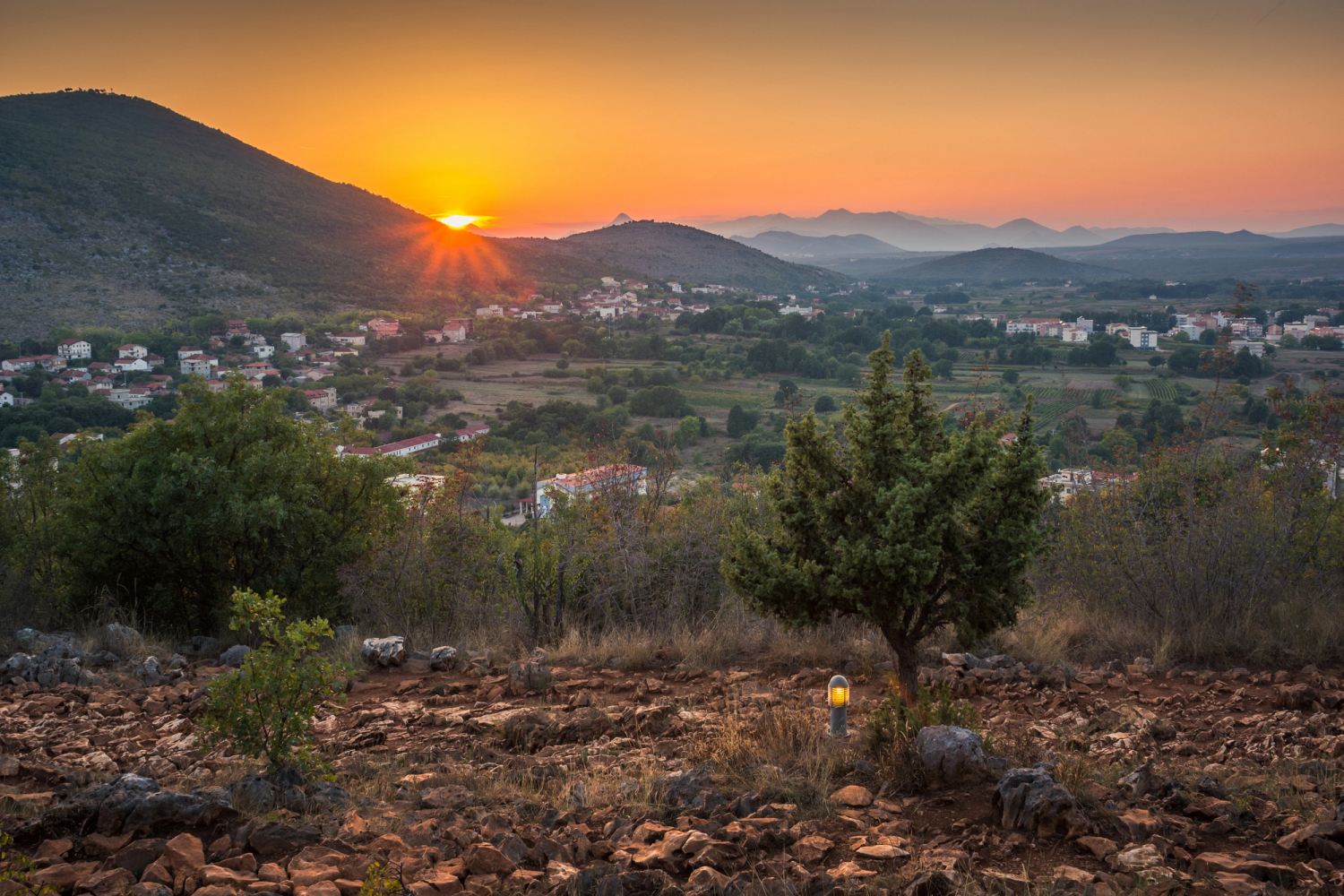
Medjugorje, Bosnia-Herzegovina
And then there is this massive oasis, comparable in size to no other, called Medjugorje. To this singular place alone come millions of pilgrims each year. And from this single place have come thousands upon thousands of conversions, hundreds of documented physical healings, hundreds of men drawn to the priesthood, and countless vocations and new apostolates. Everywhere I go, whether it’s in Canada, the U.S., or abroad, I constantly run into people whose ministries were conceived in Medjugorje. Some of the most anointed, faithful, and humble priests I know have quietly acknowledged to me that they received their calling in or through Medjugorje. Cardinal Schönborn went as far as to admit that he would lose half his seminarians were it not for Medjugorje.
These are what we call “fruits” in the Church. Under the old norms, the Sacred Congregation for the Doctrine of the Faith stressed the importance that such a phenomenon…
…bear fruits by which the Church herself might later discern the true nature of the facts… — “Norms Regarding the Manner of Proceeding in the Discernment of Presumed Apparitions or Revelations” n. 2, vatican.va
For Jesus said,
Either declare the tree good and its fruit is good, or declare the tree rotten and its fruit is rotten, for a tree is known by its fruit. (Matt 12:23)
And yet, some Catholics assert that, somehow, this Scripture does not apply to Medjugorje. I am left with my mouth hanging open, silently asking the question: What are you thinking?
As an evangelist in the Church for decades, I have prayed and begged the Lord to bring about conversion and repentance wherever He sends me. I have stood in nearly empty churches preaching the Gospel to parishes that are practically on life support. I have walked past their confessionals-turned-broom-closets and stood at the back as mostly white-haired congregations quietly pass through a Liturgy that is apparently no longer relevant to people my age. Indeed, I’m in my fifties, and my generation has practically disappeared from nearly every one of the hundreds of parishes I have visited around the world.
…And then I see in Medjugorje line-ups of young and old to the confessional. Over-crowded Masses that happen on the hour all day long. Pilgrims 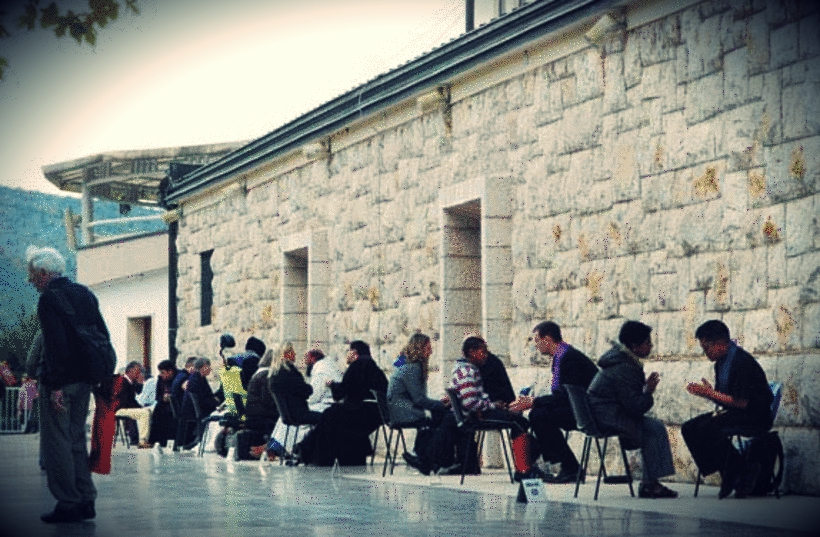 climbing mountains barefoot, ascending in tears, often descending in peace and joy. New and active ministries within the town and on the outskirts. I, myself, had a profound encounter of the Father’s mercy during my stay in this little town. And so I ask myself, “My God, isn’t this what we pray for, hope for, long for in our own parishes?” We are living at a time when heresy and rationalism have nearly decimated the Church in the West, when errant theology and secularism continues to spread like cancer, and compromise (in the name of “tolerance”) has been held up as a cardinal virtue… And then I listen to Catholics actively campaigning against Medjugorje, and I ask myself again: What are they thinking? What exactly are they looking for if not the very fruits of Medjugorje? “It’s a deception,” they claim, even after the Vatican’s recent Note declaring it anything but.
climbing mountains barefoot, ascending in tears, often descending in peace and joy. New and active ministries within the town and on the outskirts. I, myself, had a profound encounter of the Father’s mercy during my stay in this little town. And so I ask myself, “My God, isn’t this what we pray for, hope for, long for in our own parishes?” We are living at a time when heresy and rationalism have nearly decimated the Church in the West, when errant theology and secularism continues to spread like cancer, and compromise (in the name of “tolerance”) has been held up as a cardinal virtue… And then I listen to Catholics actively campaigning against Medjugorje, and I ask myself again: What are they thinking? What exactly are they looking for if not the very fruits of Medjugorje? “It’s a deception,” they claim, even after the Vatican’s recent Note declaring it anything but.
So, as I have said in the past, if it is a deception, I hope the devil comes and starts it in my parish! Let the “deception” continue to spread!
Of course, I’m being facetious. But this is precisely what St. Paul meant when he said, “Do not despise prophetic utterances. Test everything; retain what is good.” But it seems some people have lost that capacity to either know or retain what is good, or have fallen into the sin of pride as they condescend toward those “poor apparition chasers.”
One may refuse assent to “private revelation” without direct injury to Catholic Faith, as long as he does so, “modestly, not without reason, and without contempt.” —POPE BENEDICT XIV, Heroic Virtue, p. 397
The most noticeable, most impressive fruit of Medjugorje is how souls have returned to love and grow in faithfulness to their Catholic heritage. 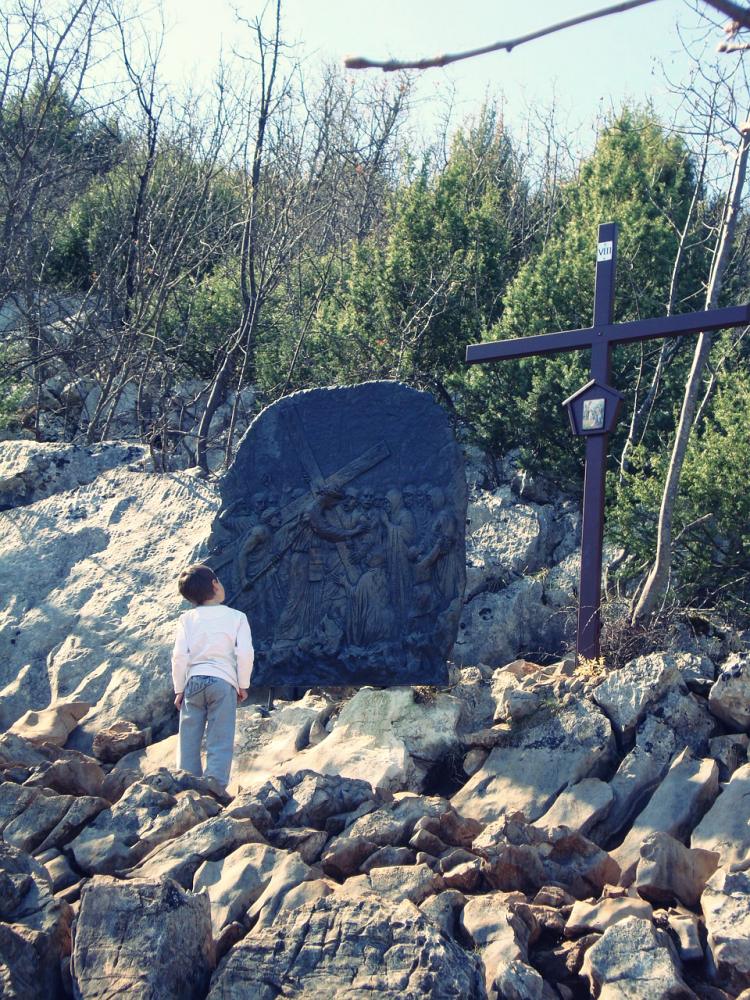 One such couple was my great Aunt and Uncle. Her body was ridden with arthritis when they decided to visit Medjugorje many years ago. They wanted to ascend the rocky terrain of Mt. Križevac to the cross, but it was impossible for her. Suddenly, she blanked out. “I then explicably found myself at the top of the mountain,” she told me, “I don’t know how, but my arthritis was also gone!” She and her husband became devout Catholics until they passed into eternity.
One such couple was my great Aunt and Uncle. Her body was ridden with arthritis when they decided to visit Medjugorje many years ago. They wanted to ascend the rocky terrain of Mt. Križevac to the cross, but it was impossible for her. Suddenly, she blanked out. “I then explicably found myself at the top of the mountain,” she told me, “I don’t know how, but my arthritis was also gone!” She and her husband became devout Catholics until they passed into eternity.
We can sit here and argue all day, splitting hairs over Medjugorje, the most fruitful Catholic center in the world. Or we can thank God for the good that has come from there and get on with assisting Our Lady in bringing about her Triumph in the world, which is ultimately Christ’s. As cited in the Vatican’s Note on Medjugorje:
Look around you, dear children, and you will see how great is the sin that dominates this earth. So, pray that Jesus triumphs. — “allegedly” Our Lady, September 13, 1984
Wherever I go and where my Son is also with me, there Satan also joins. You have allowed him, without realizing it, to take over in you, to dominate you… I do not want to reproach you further; instead, I want to call you once again to prayer, fasting, and penance. —January 28, 1987
Related Reading
Rationalism and the Death of Mystery
Support Mark’s full-time ministry:
To journey with Mark in The Now Word,
click on the banner below to subscribe.
Your email will not be shared with anyone.
Now on Telegram. Click:
Follow Mark and the daily “signs of the times” on MeWe:
Listen on the following:




